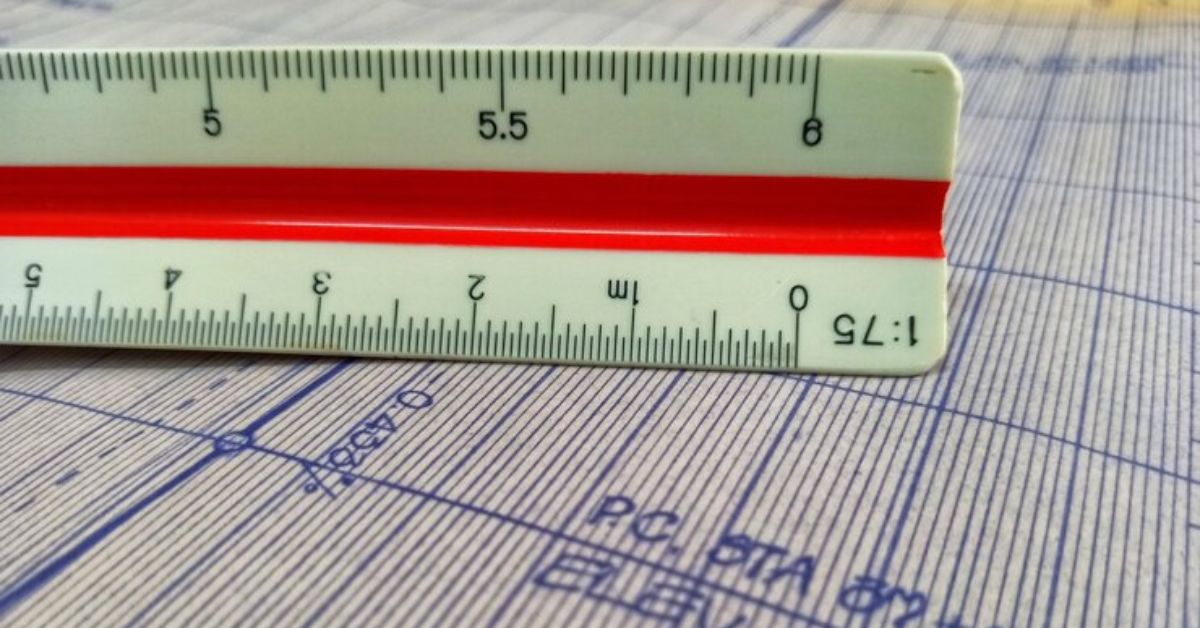For anyone dealing with measurement systems—whether in engineering, tailoring, carpentry, or simply interpreting data—accurate unit conversion is crucial. If you’re searching for “1 tum till mm,” you’re likely encountering a measurement in the Swedish system and want to translate it into millimeters, a standard metric unit. In short, 1 tum is equal to 25.4 millimeters. But there’s more behind this seemingly simple conversion. This article unpacks the concept of the tum, explores its origins, why it still appears in modern contexts, and how this conversion continues to be practically important.
Let’s delve deep into the world of units, origins, modern usage, and real-world applications of the “tum” in today’s metric-dominated landscape.
What Is a Tum?
“Tum” is the Swedish word for inch. Its plural form is tum as well, similar to how “inch” in English can mean both singular and plural depending on context. The term comes from the old Norse word þumall, meaning thumb—just like its English counterpart. Historically, measurements were often based on the human body, and the average width of a thumb was a convenient reference.
Even in countries like Sweden, which officially adopted the metric system in the 19th century, imperial units like the inch (tum) still appear in certain applications. These include:
- Manufacturing tools
- Trade and commerce with the United States or United Kingdom
- Imported product specifications
- Carpentry, mechanical parts, and tire measurements
Thus, understanding how 1 tum till mm converts into millimeters is not just a historical curiosity but a practical necessity.
READ MORE: 5StarsStocks.com AI: A New Chapter in Algorithmic Investing
The Precise Conversion: 1 Tum to Millimeters
1 tum = 25.4 millimeters
This conversion is universally recognized and fixed. The standard was internationally agreed upon in 1959 when the inch was officially standardized to 25.4 mm across most English-speaking countries. This fixed definition has remained unchanged ever since.
To visualize:
| Unit | Value |
|---|---|
| 1 tum | 25.4 mm |
| 0.5 tum | 12.7 mm |
| 2 tum | 50.8 mm |
| 10 tum | 254 mm |
The Metric System vs. Imperial Units
The metric system is a decimal-based system of measurement adopted by almost all countries worldwide due to its ease of use. In contrast, the imperial system, which includes inches (tum), feet, and yards, is more complex with inconsistent ratios.
| Feature | Metric (mm) | Imperial (tum/inch) |
|---|---|---|
| Base | Decimal (powers of 10) | Fractions and base-12 |
| Ease of Conversion | Straightforward | Requires memorization |
| Global Adoption | Nearly universal | Limited (mainly USA, UK in part) |
| Scientific Use | Preferred | Rare |
In scientific and engineering contexts, metric units are preferred due to their simplicity and precision. However, imperial units persist in consumer products, especially those designed or manufactured in the U.S.
Why the Tum Still Matters Today
Even with widespread adoption of the metric system, the tum holds relevance in the following fields:
- Construction & Carpentry: Many blueprints and tool specifications still use inches.
- Global Trade: Products from the U.S. and U.K. may include measurements in inches.
- Technology: Screens, bolts, and camera lenses are often labeled in inches.
- Engineering: Legacy systems and imported parts continue to use tum/inches.
A carpenter in Sweden may receive American blueprints with measurements in inches and must convert them to mm for local application. Misconverting just one inch can mean a significant misalignment in structural design.
How to Convert Tum to Millimeters Accurately
To convert tum to mm, multiply the number of tum by 25.4:
Formula:millimeters = tum × 25.4
Example:
To convert 3 tum to mm:3 × 25.4 = 76.2 mm
For reverse conversion (mm to tum), divide by 25.4:
Formula:tum = millimeters ÷ 25.4
Example:50.8 mm ÷ 25.4 = 2 tum
This method ensures precise conversions, especially important in technical and scientific work.
Measurement Tools and Accuracy
Using precise tools ensures accurate conversions:
- Digital calipers: Display both mm and inches
- Engineering rulers: Often include dual scales
- CAD software: Automatically converts between units
- Conversion apps: Provide on-the-go solutions
Still, human error or rounding issues can affect accuracy, especially in tight tolerance engineering fields. Always double-check conversions when working with critical dimensions.
Historical Background of the Inch and Tum
The inch (tum) has a fascinating lineage:
- Ancient Rome: The inch was roughly defined as 1/12 of a foot.
- Medieval England: One inch was originally defined as the length of three barleycorns laid end-to-end.
- Sweden: The tum was standardized to align with the British inch during the 19th century before Sweden transitioned to metric in the late 1800s.
Interestingly, old Swedish measurement units also included:
| Old Swedish Unit | Approximate Metric Equivalent |
|---|---|
| Tum (inch) | 25.4 mm |
| Fot (foot) | 12 tum = 304.8 mm |
| Aln (ell) | ~59.4 cm |
These units gradually faded after Sweden’s full metrication, but some like the tum still appear in historical texts, older tools, and international collaborations.
Common Mistakes When Converting Tum to Millimeters
Despite the simple math, users often make the following errors:
- Rounding too early: Always keep several decimal places until the final step.
- Assuming metric equivalence: Not all similar-looking units match; for example, a Scandinavian “tum” isn’t always an exact inch unless specified.
- Misreading labels: Some products use nominal sizes (rounded) that don’t precisely reflect the exact measurement.
To avoid errors, use accurate measuring instruments, double-check conversions, and always know the context—whether it’s modern or historical.
Real-World Applications: Where You’ll See 1 tum till mm in Action
1. Screen Sizes
TVs, monitors, and smartphones advertise screen sizes in inches. Converting helps buyers understand physical dimensions:
| Screen Size (inches/tum) | Size in mm |
|---|---|
| 13 tum | 330.2 mm |
| 15 tum | 381 mm |
| 32 tum | 812.8 mm |
2. Tire Measurements
Tire sizes like “195/65 R15” refer to rim diameter in inches. Converting 15 tum gives:
15 × 25.4 = 381 mm
This helps European mechanics align imperial-sized tires with metric-sized components.
3. Camera Equipment
Lenses often list diameters in inches. A 2.5 tum lens = 63.5 mm, useful for calculating mount compatibility.
4. Plumbing and Piping
Pipe fittings and threads often use inches. For European builders working with U.S.-imported plumbing, mm conversion is essential.
READ MORE: General News: A Landscape in Flux | TheWeeklySpooncom
Educational and Industrial Importance
In both education and industry, understanding “1 tum till mm” isn’t trivial:
- Engineering students must fluently switch between metric and imperial.
- Manufacturers producing for global markets must comply with both metric and imperial tolerances.
- Researchers publishing internationally often convert measurements for clarity and standardization.
This knowledge also reflects measurement literacy, a skill as fundamental as numerical literacy in technical fields.
Looking Forward: The Role of Digital Tools
With digital measuring tools and online calculators, the process of converting 1 tum till mm has become faster and more reliable. Emerging tools even incorporate voice assistants or augmented reality, offering instant conversion overlays.
But while technology aids the process, understanding the underlying conversion principle remains crucial. It ensures you know why 1 tum till mm equals 25.4 mm—not just that it does.
Summary Table: Quick Conversion Reference
| Tum | Millimeters |
|---|---|
| 0.1 | 2.54 mm |
| 0.25 | 6.35 mm |
| 0.5 | 12.7 mm |
| 1 | 25.4 mm |
| 2 | 50.8 mm |
| 5 | 127 mm |
| 10 | 254 mm |
| 20 | 508 mm |
Final Thoughts
Although the metric system is widely adopted, the need to convert units like 1 tum till mm remains highly relevant. Whether you’re working in construction, tech, design, or education, having a firm grasp on this conversion enhances your global communication and technical competence.
So next time you encounter a “tum” on a blueprint, device, or instruction manual—remember: it’s not just an inch. It’s 25.4 mm of precision waiting to be understood.









